 |
After teasing it back in July, and promising availability for Fall, American drone manufacturer, Skydio, has today announced the release of the Skydio 2. A more compact, lightweight, autonomous drone with a superior camera, compared to its predecessor, the R1, it is going after the DJI Mavic 2 Pro and Air markets.
The Skydio 2 retails at a competitive price point of $ 999. A 12MP camera, mounted on a 3-axis gimbal and built around Sony’s IMX577 1/2.3” CMOS sensor with Qualcomm’s RedDragon™ QSC605 technology, can deliver up to 4K/60p HDR video. Using 45 megapixels of visual sensing from six 200° color cameras, the drone can detect obstacles in every direction and avoid them. This is Skydio’s foundation for truly autonomous flight, an ‘Onboard AI’ that powers the ‘Skydio Autonomy Engine.’
The drone can reach a maximum autonomous speed of 36 mph and can remain in the air for 23 minutes with up to 3.5 km wireless range. To compare, the DJI Mavic 2 series can fly up to 45 mph remain air bound for up to 31 minutes. Nevertheless, Skydio is also selling the fact their latest release is 50% smaller, lighter, and quieter than the R1.
 |
There are three ways to fly the Skydio 2. The Beacon (an additional $ 149) will extend communication range up to roughly 1 mile (1.5 km) and enable the drone to follow you through obstacles, even when it can’t see you. You can use the Beacon’s drag and drop controls to reposition the drone in the sky and access modes including Dronie, Rocket, and Orbit for smooth, cinematic shots.
 |
The drone can also be controlled via smartphone with the Android or iOS app. You can access AI modes including the ones mentioned above along with Cable Cam and Sport mode. Photos and video clips can be downloaded and saved directly to the phone for instant sharing. The remote control, also an additional $ 149, extends the range to over 2 miles (3.5 km) and is ideal for those who want to manually maneuver the drone with joysticks.
 |
Skydio manufactures and repairs its drones in the same Redwood City, California, location as its designers and engineers work. They are so confident in its ability to maneuver around obstacles and operate autonomously that they will replace or repair any Skydio 2 for free, granted it was flown within the company’s Safe Flight guidelines.
You can reserve a Skydio 2 today for $ 100. They are expected to start shipping out within the month.
Articles: Digital Photography Review (dpreview.com)



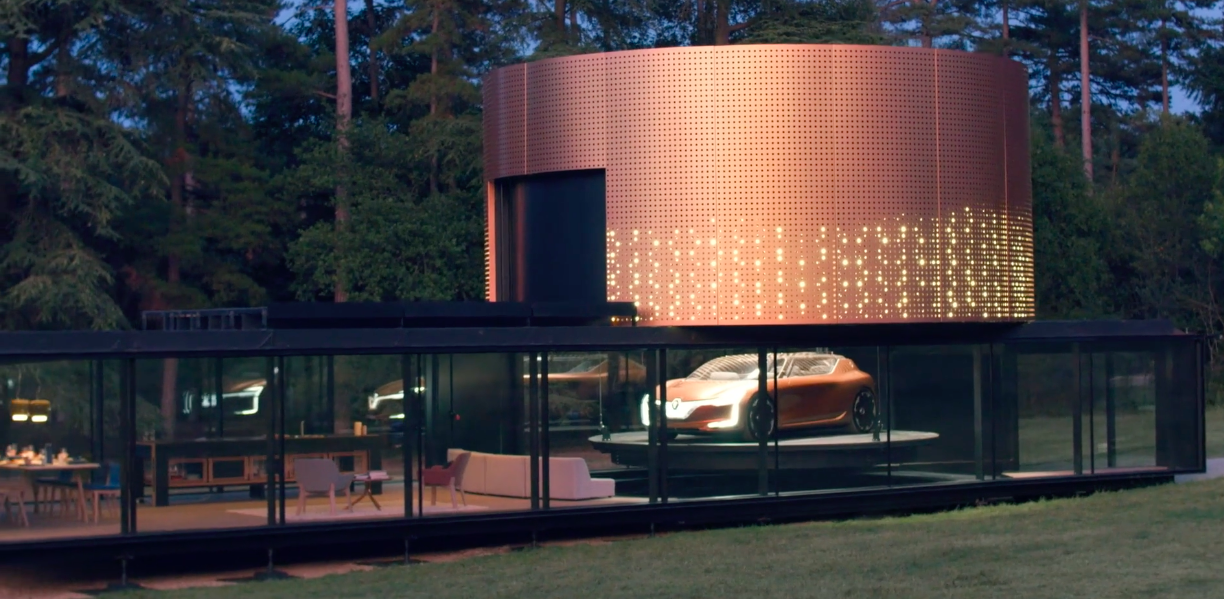
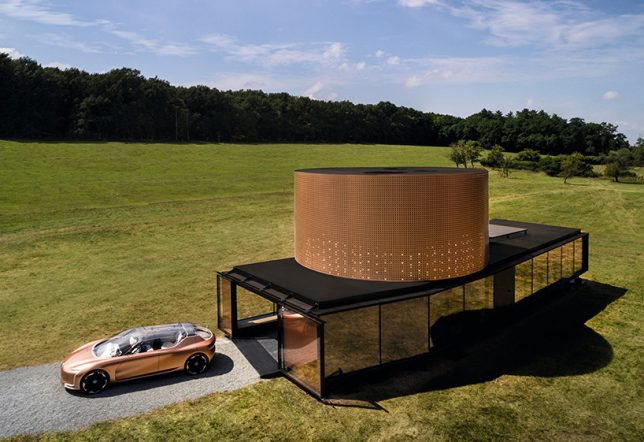
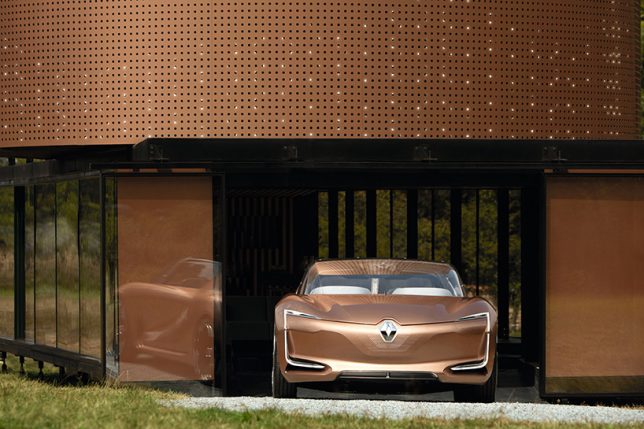
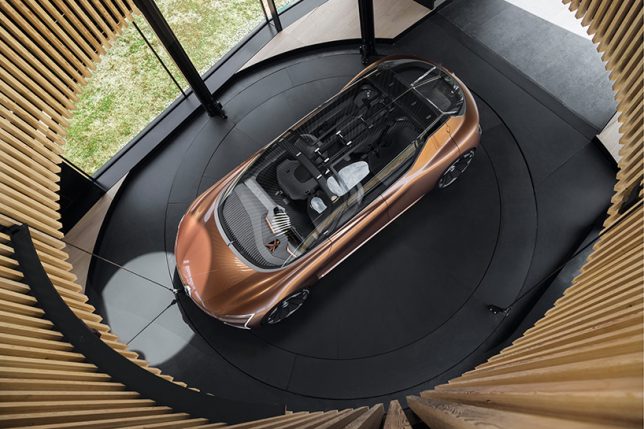
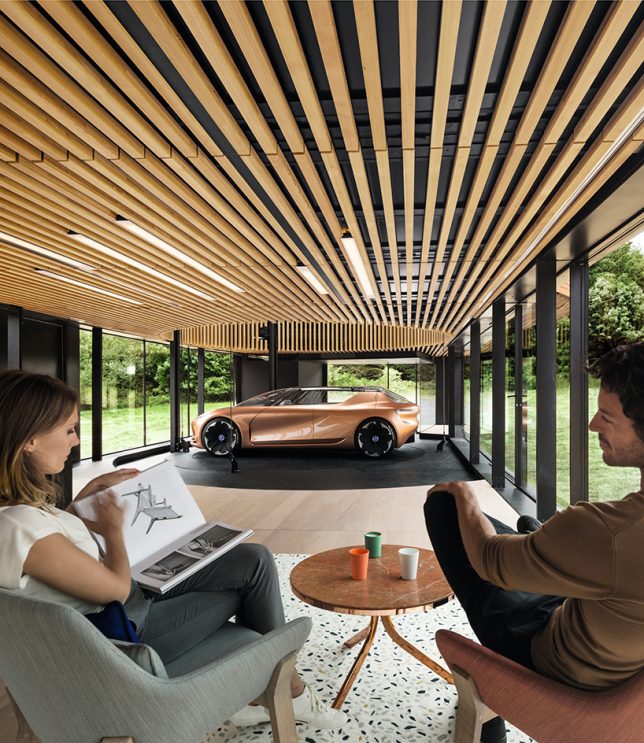
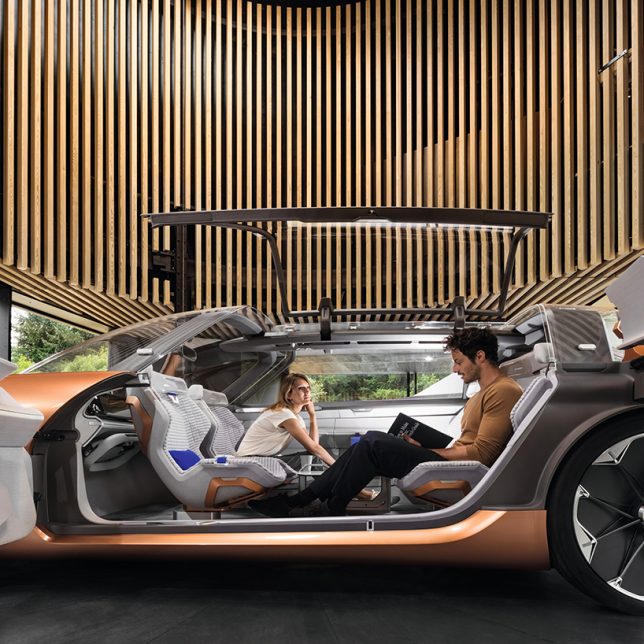
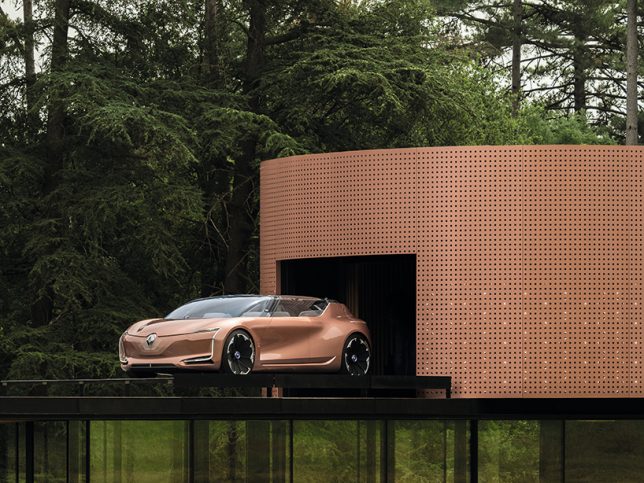
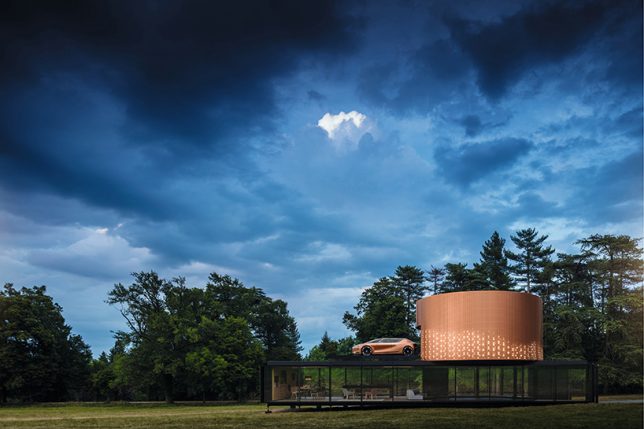







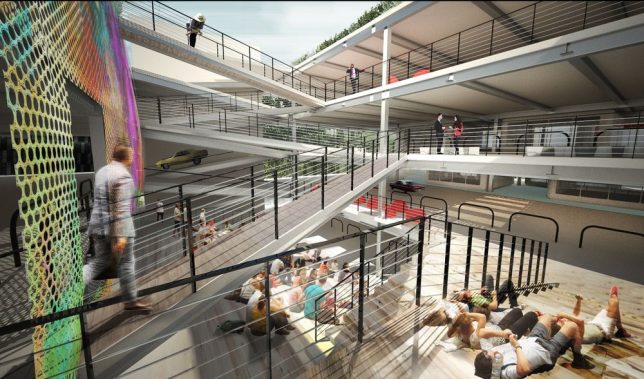

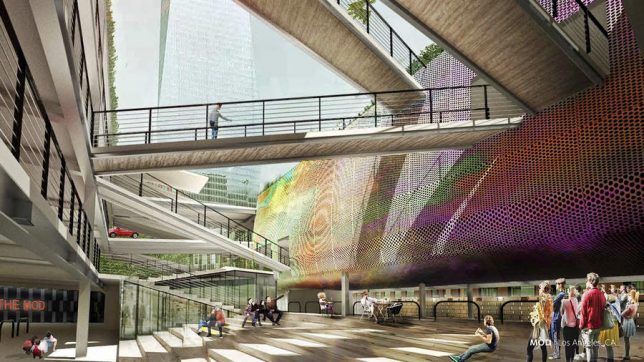
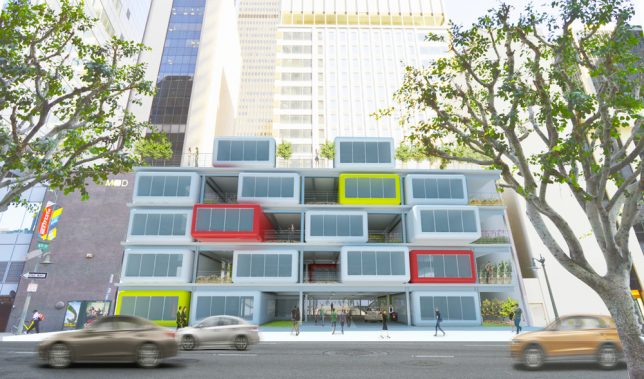
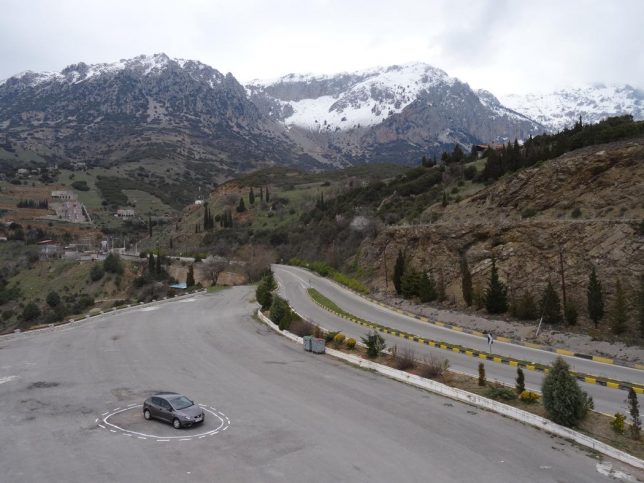
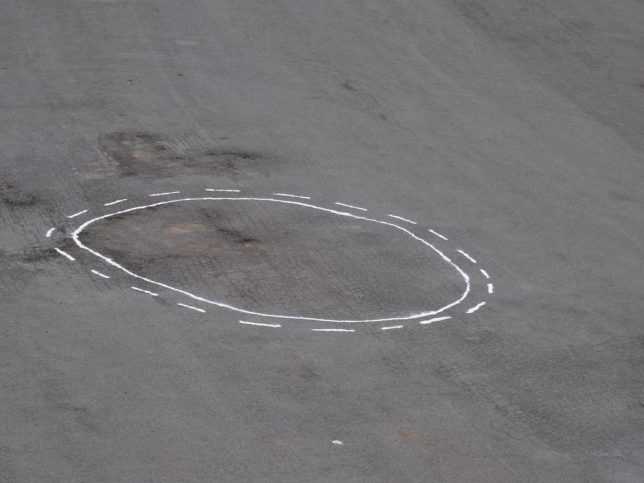













You must be logged in to post a comment.